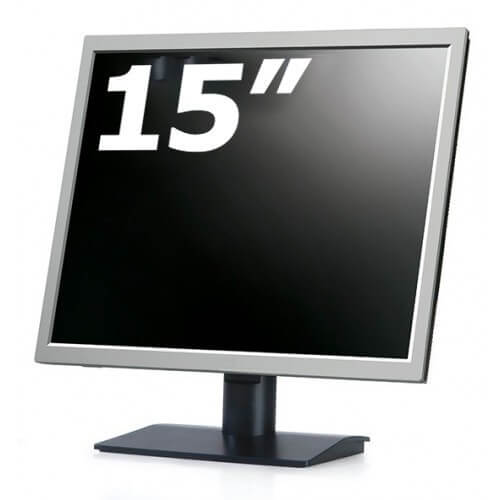Resolution Guide for Monitors, Laptops, Televisions and Projectors
You’ve seen the confusing alphabet soup of acronyms describing the various resolutions for monitors, laptop displays, LCD and plasma televisions, as well as projectors, yet you probably still don’t know what it all means. Click on this hyperlink for an article that explains resolution and includes charts that match the alphabet with the numbers.
Resolution – What is it?
What Are Common Resolutions for Plasmas, Monitors, Notebooks, and Projectors?
Briefly stated, sharpness and clarity of the picture on screen is determined by its resolution, which is the sharpness of the image projected based on the number of pixels. Resolution is measured in the number of pixels horizontally multiplied by the number of pixels vertically. The higher number of pixels, the better. Plasma screens, projectors and LCD screens have a fixed number of pixels, referred to as the “native resolution,” or the resolution at which the display device does not have to expand or compress the input signal. This is the device’s optimum resolution. LCD images used in front projectors and rear-projection monitors typically offer XGA (1024 x 1024 x 768 pixels) or SXGA (1280 x 1024 pixels) resolution. Front projection monitors also use SVGA (800 x 600 pixels).
Projector Resolutions
Multimedia video projectors are typically available in four categories of resolution -UXGA (1600 x 1200), SXGA (1280 x 1024) – XGA (1024 x 768) and SVGA (800 x 600), which is the most popular format for projectors.
Notebook Computer Resolutions
Bigger isn’t always better when it comes to resolution for notebooks. That’s because the higher the resolution, the smaller, and closer the pixels. This means you can fit more info on your display, but the print will also be much smaller and harder to see for some users. But, it also means the picture detail may be better. Thus, high-resolution displays may be best for users who need many windows open simultaneously and who have eyes that are sharp enough to read the small fonts. Notebooks using the 4:3 aspect ratio usually feature screens with the following resolutions: XGA (1024×768), SXGA+ (1400×1050) and
UXGA (1600×1200). Some of the latest notebooks feature a 16:10 ratio wide-aspect display. The associated resolutions include WXGA (1280×800), WXGA+ (1440×900), WSXGA+ (1680×1050) and WUXGA (1920×1200).
Plasma Resolutions
Some plasma TVs only have vertical resolution of 480 lines (often referred to as EDTV). If a plasma TV isn’t clearly labeled regarding HDTV compatibility, check its pixel count. EDTV resolution for widescreen plasma models is “852 x 480”. Plasmas that are capable of displaying HDTV signals generally have resolution of 1024 x 768 or higher.
Below are charts that match the resolution pixel ratio to the acronyms that go with them.
The first chart below lists resolutions for screens having the 4/3 width to height ratio used in traditional television broadcasting. The second chart lists resolutions for High Definition Television (HDTV), which uses a screen width to height ratio of 16:9.
Screen Resolution – 4:3 Aspect Ratio
CGA Color Graphics Adaptor 320 x 200 EGA Enhanced Graphics Adaptor 640 x 350 VGA Video Graphics Array 640 x 480 SVGA Super Video Graphics Array 800 x 600 XGA Extended Graphics Array 1024 x 768 SXGA Super Extended Graphics Array 1280 x 1024 SXGA+ Super Extended Graphics Array 1400 x 1050 UXGA Ultra Extended Graphics Array 1600 x 1200 QXGA Quad Extended Graphics Array 2048 x 1536 QSXGA Quad Super Extended Graphics Array 2560 x 2048
Screen Resolution – 16:9 Aspect Ratio (WideScreen)
WVGA Wide Video Graphics Array 852 x 480 WXGA Wide Extended Graphics Array 1366 x 768 WXGA+ Wide Extended Graphics Array 1280 x 800 WSXGA Wide Super Extended Graphics Array 1600 x 1024 WSCGA+ Wide Super Extended Graphics Array 1680 x 1050 WUXGA Wide Ultra Extended Graphics Array 1920 x 1200 WQSXGA Wide Quad Super Extended Graphics Array 3200 x 2048 WQUXGA Wide Quad Ultra Extended Graphics Array 3840 x 2400

